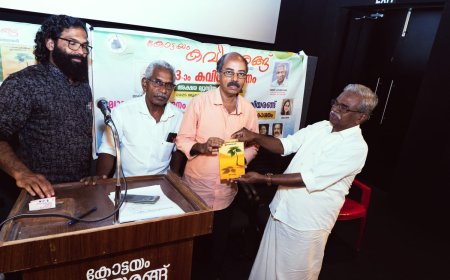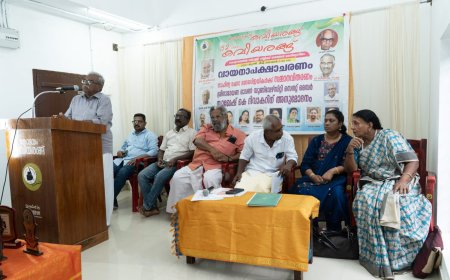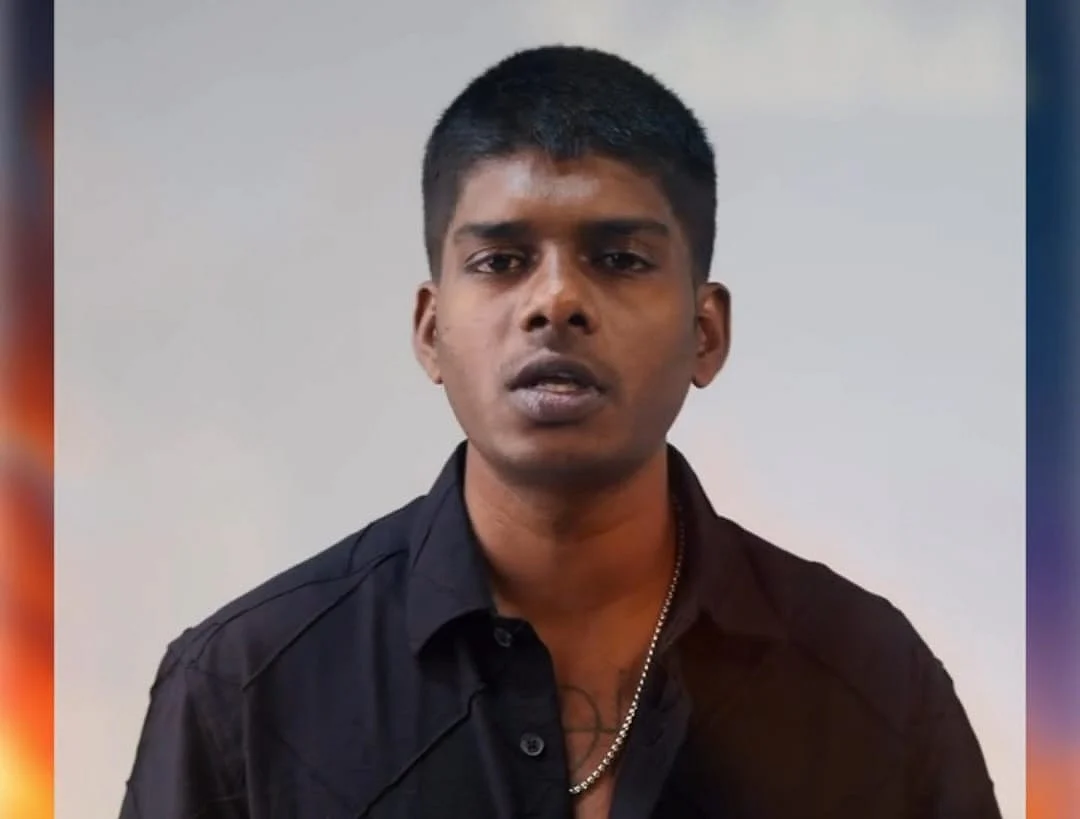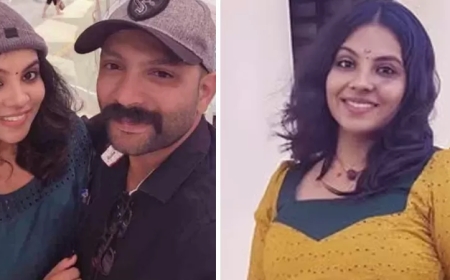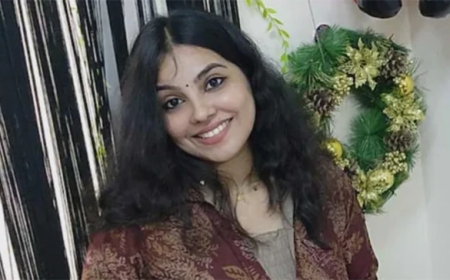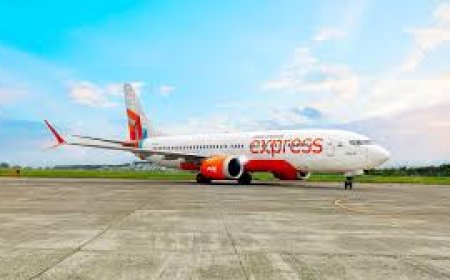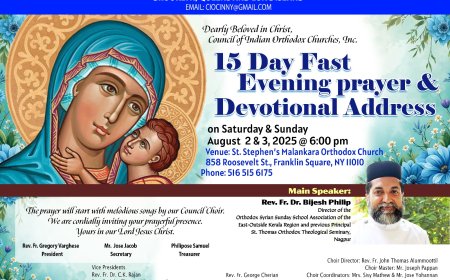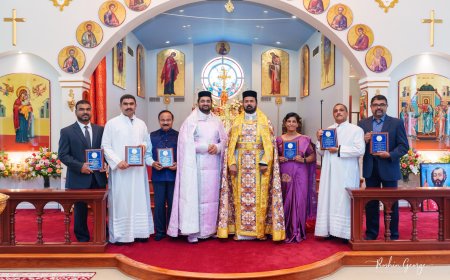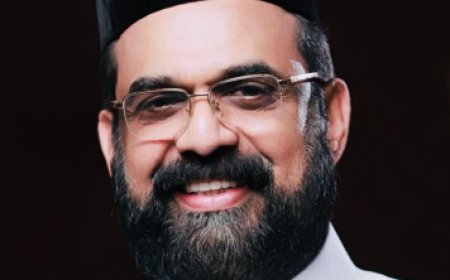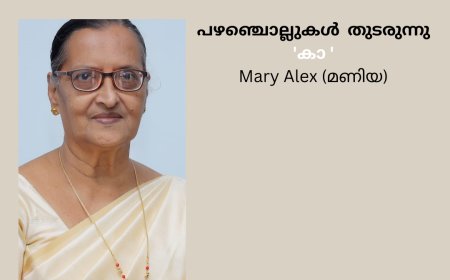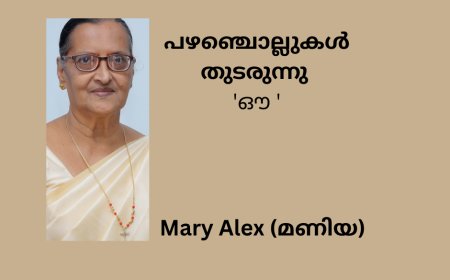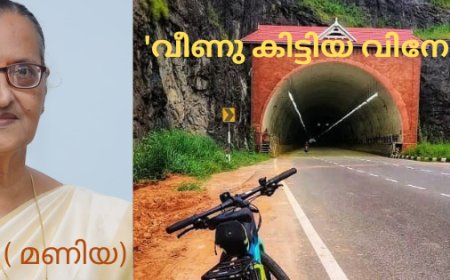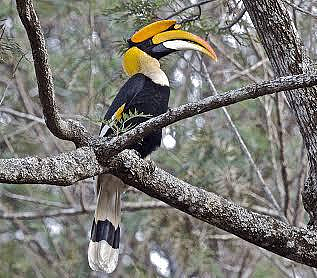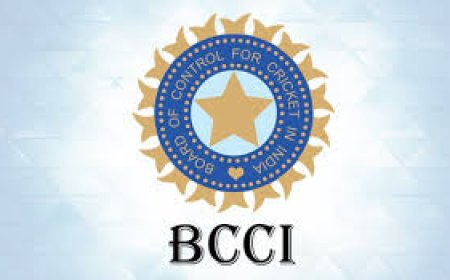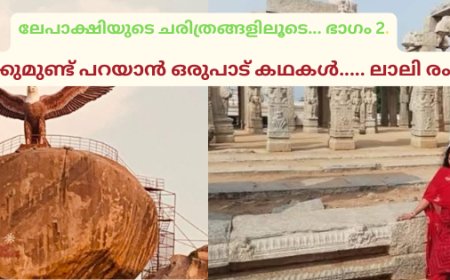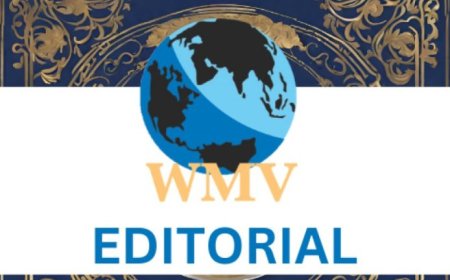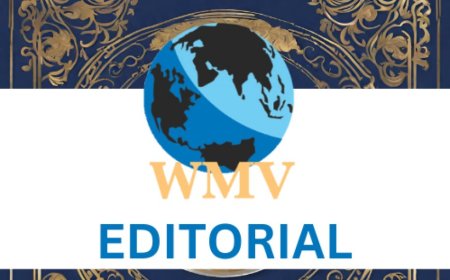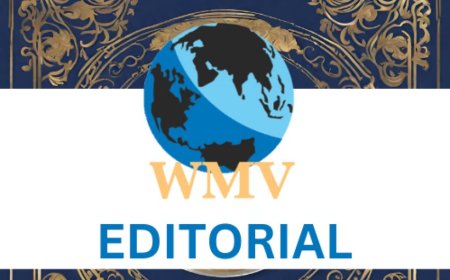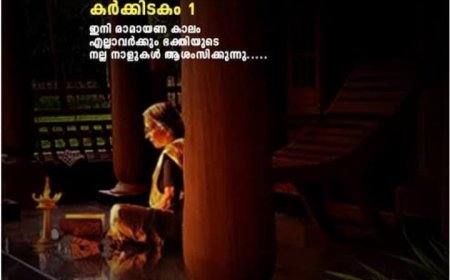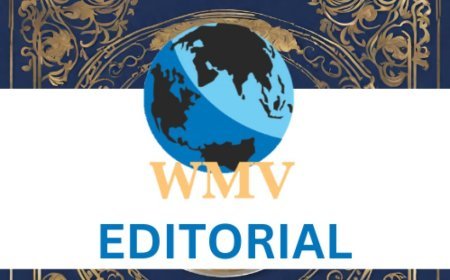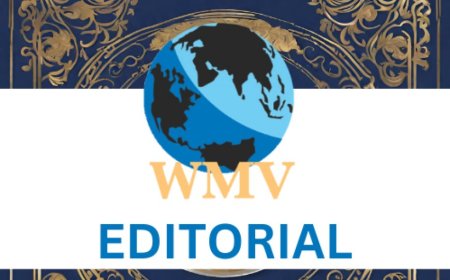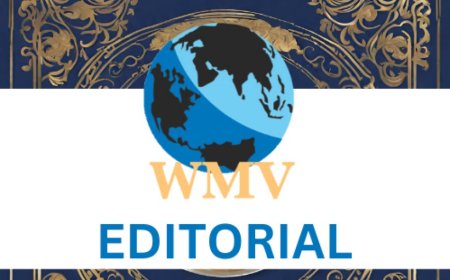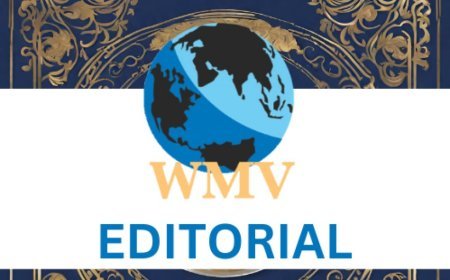What is O-1 visa? New entry scheme to United States gaining popularity among Indians
O-1 visa is being termed as an H-1B visa 'without a lottery'. It has now become the new solution for individuals who are seeking to go work in the United States. Here's more about it.

THE O-1 visa, designed for individuals with "extraordinary ability" in fields like STEM, business, arts, and athletics, is rapidly gaining traction among Indian professionals as a reliable alternative to the H-1B visa.
What is the O-1 Visa about?
Established under the Immigration Act of 1990, the visa requires applicants to meet at least three of eight rigorous criteria, such as major awards, scholarly publications, or original contributions to their field, but offers significant advantages: no annual lottery or caps, a 93% approval rate, and initial validity for up to three years with unlimited extensions.
Unlike the H-1B, which faces intense scrutiny and a 37% approval rate, the O-1 allows high-skilled talent to bypass systemic uncertainties, fueling its appeal. U.S. Department of State data reveals O-1A issuances surged from 8,838 in FY2020 to 18,994 in FY2023, with Indians driving much of this growth .
Indian nationals are now the third-largest cohort of O-1A visa recipients globally, trailing only the U.K. and Brazil. In FY2023, Indians secured 1,418 O-1As—a staggering 191% increase from 487 in FY2020—as STEM graduates, AI researchers, entrepreneurs, and artists leverage this pathway.
Tesla, Google among top sponsors
Major U.S. firms like Google, Tesla, and McKinsey actively sponsor O-1 talent, while universities like Harvard and Yale recruit Indian faculty through it. The AI boom has intensified demand, with companies funding credential-building initiatives: candidates are urged to publish research, speak at conferences, or file patents to strengthen applications. For example, Soundarya Balasubramani, a 28-year-old founder of educational venture The Curious Maverick, secured an O-1A as a solo entrepreneur, highlighting its accessibility beyond traditional employment.
Costs, challenges, and strategic shifts
Despite costs ranging from $10,000–$30,000—10 times higher than H-1B fees—employers and applicants increasingly invest in the O-1 for its predictability. Immigration firms like Jinee Green Card report client rosters expanding from 60 to 300 amid soaring demand, particularly from Indians rejected in multiple H-1B lotteries.
While O-1A issuances (22,669 in FY2024) remain dwarfed by H-1B approvals (225,957), they grow at nearly 10% annually. Experts attribute this to the visa’s flexibility: it requires no minimum salary or formal degree, accepts evidence like international awards or media coverage, and processes some petitions in as little as 10 days. As U.S. tech talent wars escalate, the O-1 represents both a lifeline for elite Indian professionals and a strategic tool for companies securing "extraordinary" global talent.
